The Blizzard
On March 13-14, 2019, most of eastern Colorado experienced a pretty severe blizzard. A blizzard is when you have snow combined with sustained winds of 35 mph or more that last for three hours or more. This storm was unusual because it was characterized by extremely low barometric pressure. Lamar, CO had an official reading of 970.4 millibars, which may be the lowest in Colorado history. The lower the barometric pressure, the more severe the storm typically is. A storm like this is more serious when you have a power grid failure.
You may have heard this storm called a “bomb cyclone”, which is a reference to bombogenesis. Bombogenesis is when you have a pressure drop of at least 24 millibars in 24 hours. The weather station at my house recorded a low of 979.3 millibars around 10AM on March 13, 2019. You can convert from inHg to millibars by multiplying inHg times 33.8637526.
My Electric Company
I get my electricity from Intermountain Rural Electric Association (IREA). IREA is an electric distribution cooperative that covers 5,000 square miles in Colorado. They buy power from Xcel Energy and the Western Area Power Administration. They also buy some solar power from the 13-megawatt Victory Solar facility in Bennett, CO. Unfortunately, they also own 25.3% of Comanche Unit 3 in Pueblo, CO. Comanche Unit 3 is a 750-megawatt coal-fired generation plant in Pueblo, CO that went online in 2010.
I don’t like IREA. Until recently, they were extremely hostile to renewable energy, especially residential solar PV electricity. Unlike most utility companies, they have never offered any rebates or incentives for energy efficiency upgrades. This includes things like getting energy efficient appliances, upgrading insulation, getting a solar PV system, etc.. None of this is encouraged or incentivized by IREA.
IREA also used to include a regular screed in their monthly newsletter about the folly of renewable energy. It was too expensive, it was too unreliable, IREA had a multitude of objections. They have finally stopped doing that, giving in to the changing economics of renewable energy.
Power Grid Failure
We lost power twice on March 13, 2019. The first time was for about two hours from about 12PM till 2PM. That was not a big deal. Due to my preparations, we got through that with not much of a problem. The second outage was 16 hours, from about 5PM until about 9:30AM on March 14, 2019. That was less fun, due to the length and the time of day (and night) that it happened.
Our house is primarily electric. We do have a natural gas fueled water heater and furnace, which both require electricity to actually operate. They don’t have pilot lights, and you need electricity for the furnace fan and the exhaust vent fan for the water heater.
Residential Solar PV Power
We have a 9.7KW rooftop grid-tied solar PV system that went into service in July of 2015. It consists of (29) 335 watt SunPower SPR-X21-335 panels connected to two SunPower SMA 5000 TL US 22 inverters (PDF). This system has generated 63.5 MWh of electricity so far.
With a typical grid-tied solar PV system, when the public grid goes down, your solar system is automatically shutdown. This happens to avoid backfilling the grid and being a potential safety hazard to utility workers. This means you have no power at all when the public grid is down.
You can get special model inverters that have a dedicated “secure power supply” that lets you flip a switch during a power outage. If the sun is up, (after a short delay), you can then pull up to 1500 watts from two dedicated outlets next to each inverter. This would let you run a decent amount of stuff during the day during an extended power outage (like a zombie apocalypse). It would not have helped last night, since it was dark. This video explains how it works:
IREA Limitations
IREA limits you to a 10KW or smaller solar PV system. By Colorado state law, IREA has to offer net-metering, which means that when your solar system is producing more electricity than you are using, your electric meter will run backwards. IREA will track your net metering credits (on an annualized basis). They settle up every May, and issue a bill credit for your net metering credit for the year. Settling up in May is the worst time of the year for the consumer, coming pretty soon after winter.
IREA charges $10.00 per month to be connected to their system. Our solar PV system generates more electricity than we use just about every month. The exception is December and January, because of the shorter days and the sun being lower in the sky. The annual net metering credit is usually about $90.00, so we usually pay about $30.00/year for electricity.
Energy Storage
Even with SPS inverters, residential solar PV by itself will not get you through an extended power outage unless you have storage. You won’t get any solar power production at all during nighttime. Your production will also be lowered by bad weather, especially if you have snow on your panels. So far, I have some very limited energy storage capability. This includes:
(3) APC BX1500G UPS
(2) Cyber-Power LX1500GU UPS (two 12V 9.0 Ah batteries)
(1) DeWalt DCB1800B Portable Power Station (with four 20V 5.0 Ah batteries)
The APC and Cyber-Power UPS units both have about 216 watt hours of storage each. The DeWalt Portable Power Station has about 400 watt hours of storage. This means that I only have about 1480 watt hours total (nearly 1.5 kWh). So, I could run a 1500 watt load for about one hour, or a 100 watt load for about 15 hours. That really isn’t enough capacity for most purposes, but it is better than nothing!
Energy Storage Performance
In my case, I was able to keep my Arris SB8200 cable modem and ASUS router going through the entire outage. I was also able to keep our two cell phones charged. We had regular internet until Comcast’s neighborhood equipment probably exhausted their batteries sometime while we were sleeping.
Once the sun came up on March 14, I was able to pull power from my SPS outlets on one inverter in order to start charging most of the UPS units and the DeWalt Portable Power Station. I was also able to turn on a small electric heater plugged into the other inverter.
Figure 1: Charging From SPS Outlets
Power Grid Restoration
Luckily, the grid power was restored mid-morning on March 14. If this hadn’t happened, we could have probably limped along for an extended period, not being very comfortable. As it was, our interior house temperature got down to 55 degrees Fahrenheit after 16 hours with no heat. This was while it was 18 degrees Fahrenheit outside. Our house is very well insulated, with R-54 in the ceiling and about R-40 in the walls. We were losing about one degree per hour, which wasn’t too bad.
My Tesla Model 3 was sitting in the garage with a fully charged battery. Over time, it would lose its charge since it automatically keeps the battery pack warm enough to protect the batteries. When the house got too cold to bear, we could have slept in the Tesla with the seat heaters on. If I had a long enough heavy-gauge extension cord (which I don’t), I could have also slowly charged the Tesla from the SPS outlet during daylight hours. Officially, you are NOT supposed to use any type of extension cord to charge a Tesla.
Lessons Learned
Well, I don’t have enough energy storage to deal with an extended outage, especially during a blizzard in the winter. I knew that, but this experience reinforced that knowledge. I can keep a small amount of electronics going during the night, and recharge my storage during the day. I also have enough power generation during the day to do a little bit of electrical heating. But that isn’t enough to stay very comfortable.
On the other hand, my current setup can deal very well with short electrical outages. All of the UPS units are mainly there for surge protection and line conditioning. The battery capacity is just a small bonus. So what can I do about this?
Long Term Solutions
The cheapest solution would be a gasoline powered generator, hooked up to a transfer switch. But then I would have to be storing gasoline, and rotating it to keep it from going bad. Plus, I would probably only have a few gallons on hand. I could also siphon gasoline from my wife’s car, but her tank is only about 13 gallons.
Another solution would be a natural gas powered generator from somebody like Generac. This would work as long as you had natural gas.
Figure 2: Generac Guardian
The high-tech, expensive solution is a couple of Tesla Powerwall 2 units. These are 13.5 kWh battery packs with their own inverters. You can use these with or without solar PV. If you have solar PV, it will charge the Powerwall(s) first, before going back to the public grid. When the public grid goes down, you automatically pull energy from the Powerwall until it is exhausted. If you have solar PV, you will run off of that during the day, and then draw from the Powerwall during the night. This would be the most environmentally friendly solution, which is important to me.
Figure 3: Tesla Powerwall 2
Figure 4 shows how this works.
Figure 4: Solar PV and Powerwall
The Tesla app that I already use for my car also lets you monitor your solar system and your Powerwall units.
Figure 5: Tesla App for Powerwall
Conclusion
This was an interesting, if slightly uncomfortable experience. It was short enough that we did not get truly cold, and we did not lose the food in our refrigerator and freezer. It proved that my limited preparation so far can handle relatively short outages but not longer outages. This is especially true during a winter blizzard which limits your solar production during the day. I also got some real-world experience with how the SPS circuit works.
I am going to make a few small changes and improvements to my current setup, and then decide what I want to do for a much better setup that can handle a longer grid outage. Just like with SQL Server, going through an actual outage teaches you how resilient your system actually is. It also shows where you have room for improvement.

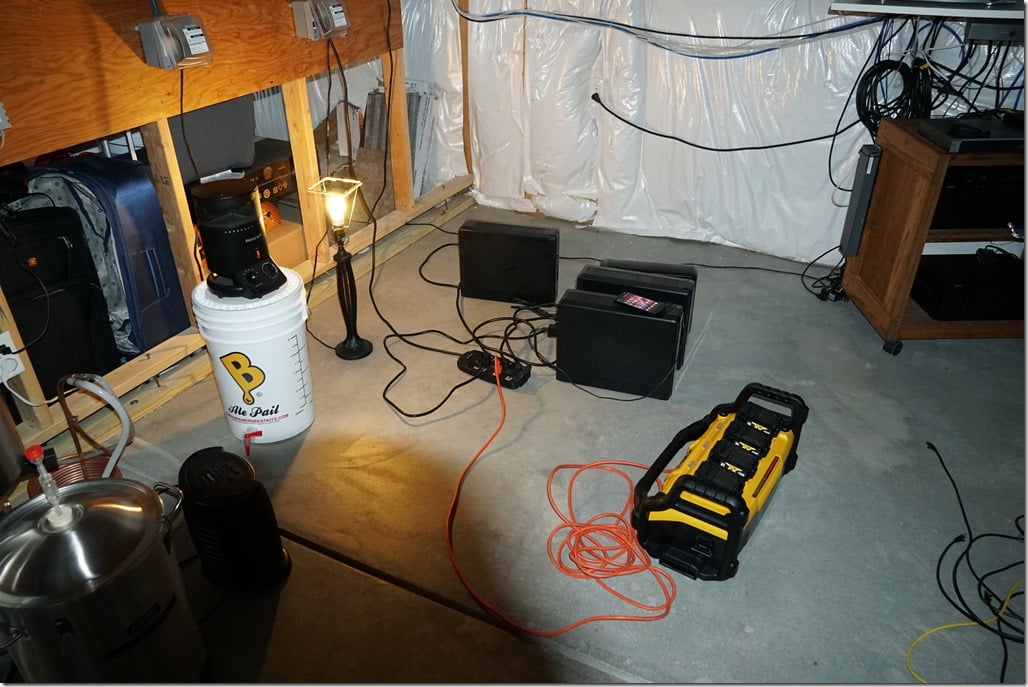
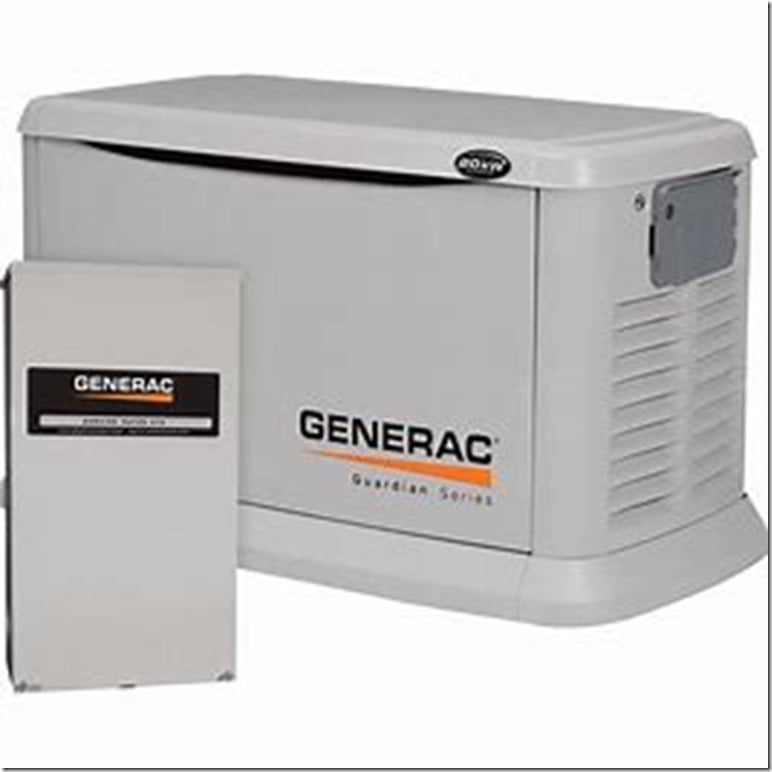
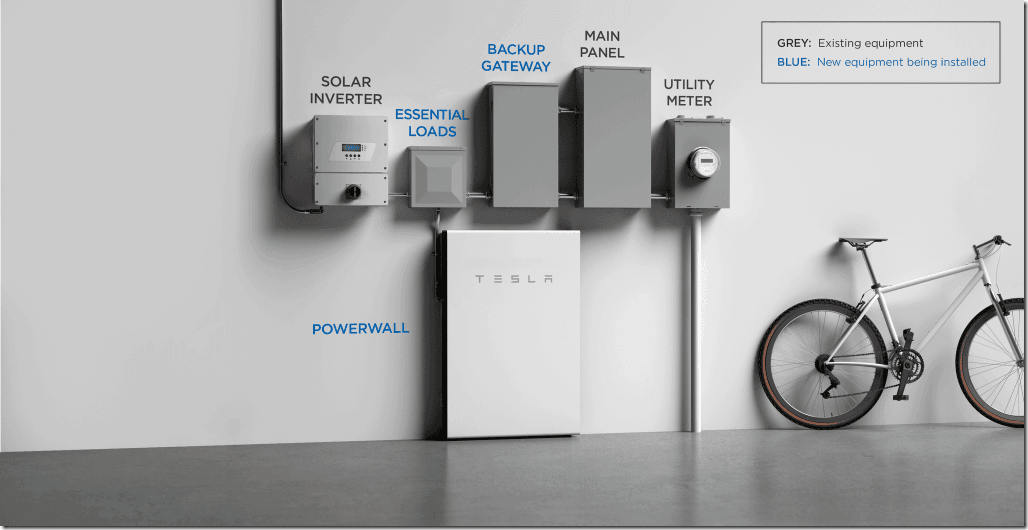
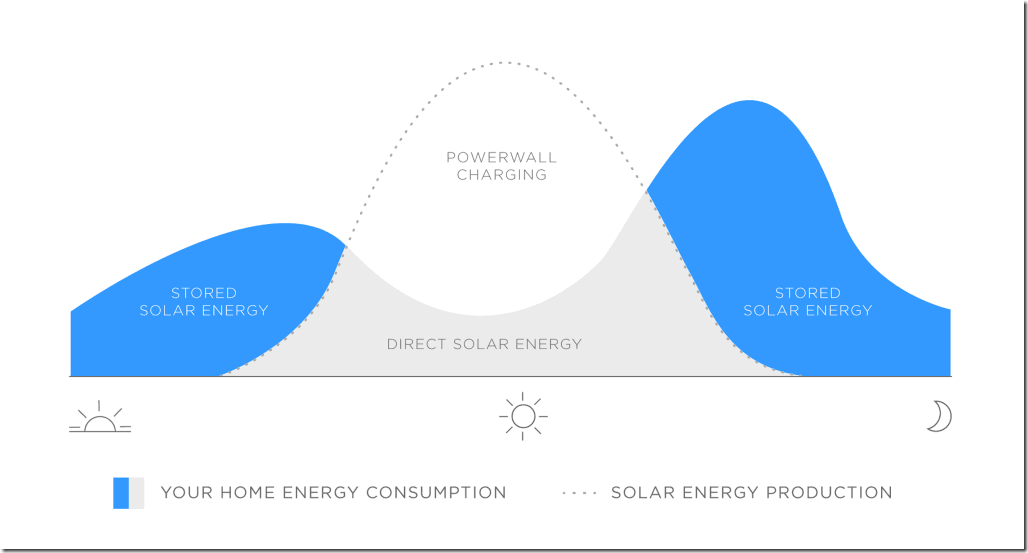
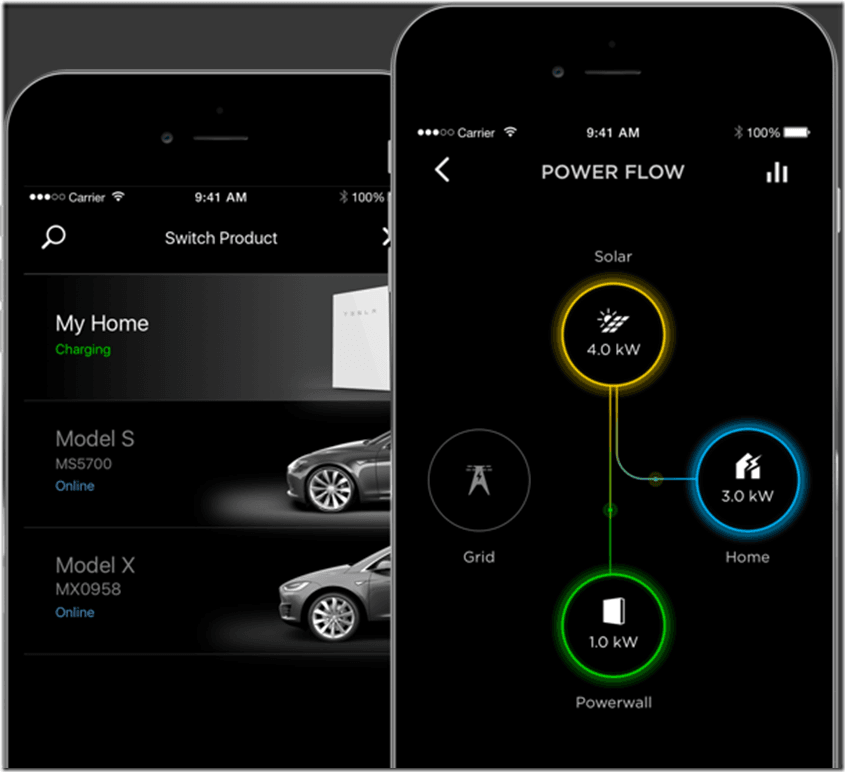
14 thoughts on “How to Handle Power Grid Failure”
Years ago, when I lived in Tulsa, we had experienced a wicked ice storm that knocked out our power for 3 days. At the time, I didn’t have a generator on hand. Fortunately my wife had gone to to the store prior to the ice storm so all we had to do was toss any frozen food into coolers on the package porch and let nature keep it cold for us. We also used the natural gas fireplace to keep the house at about 50 degrees. I spent some time looking at those generac whole home generators, they can be setup to run on LP as well. Glad the power outage was relatively short.
Ice storms are bad news! I’m glad you made it through that.
Wow, thanks for sharing! Glad all is well. I’d keep a couple of propain tank (bbq one) heaters handy and a camping stove with few canisters for cooking. It helped a lot during Sandy when we were without power for 6 days. My sleeping bag can handle as low as 32F, so sleeping was not an issue.
We have a propane BBQ and plenty of propane. I also have three propane burners that I use for brewing beer. We could have used those for cooking if the outage was longer. We weren’t eager to go outside and do any cooking while the wind was blowing so hard. A small camp stove, used in the garage with an open window or door would probably have worked. Really, we need a way of having reliable electricity and some power storage.
I often consider a generator, but always consider the irony that I already have a gas engine in my car. Would love an easy way to turn it into a power plant and connect it to my house in emergencies.
It is especially ironic that I can’t pull power out of my Tesla. It has a 75kWh battery.
Would you mind sharing IREAs “screed”?
Dual fuel generator is also an option – no need to store gas/diesel. Just hook up to the propane tank and you are good to go :).
Also, some AGM batteries for storage (with an inverter), but I am sure you knew that already.
There is no single “screed” to share. IREA includes a four page newsletter with their monthly bill. For a long time (at least from 2000-2016) many of their newsletters had editorials about how renewable energy was too expensive, or how it was not as reliable as fossil fuel power generation. I think there was some political motivation behind this, and some economic motivation behind it (because IREA owns a big chunk of the Comanche 3 coal plant).
Gasoline Engine Cars are probably the worst possible power Generators around. Haven’t you ever seen how voltage can spike during load changes of the car? You’d still need a lot of line conditioning, too. I’d rather go with either more / higher capacity USVs (I have an APC 6kW USV, used they’re not that expensive) or Ship / Submarine Batteries. Of course you still have to deal with the required environmental conditions but my guess would be you can get some good Ship / Submarine Batteries rather easily. Asides that there’s dedicated “Renewable Energy Applications Storage” Batteries available specifically for PV Systems and such.
A bit more risky would be creating and storing Hydrogen, risky as in you really do not want to light a fire nearby, you will aswell lose some of your stored Hydrogen over time again but when energy is available limitless, this shouldn’t count.
I know it’s easy for me to say these things – none of which I need myself – but I’m flabbergasted that in the land of power being provided “OTA” and the free where quite less restrictions apply to buiding things, this is out of creative peoples’ mind.
Who said anything about using gasoline powered cars as power generators? I have a Tesla Model 3 that has a 75kWh battery. It would nice to be able to pull electricity from that in an emergency. Barring that, I will add some incremental UPS capacity, and then look into a better long-term solution. The leading contenders are a natural gas-powered whole house generator, and some Tesla Powerwalls to store enough electricity to make it 2-3 days with the public electrical grid being down.
I totally get your preference for renewable energy and applaud it. Having said that, I would seriously suggest that you investigate non-electric options for heat. The truth is that such can reduce the load on your backup and keep the house at a livable temperature.
Are you talking a wood burning stove, perhaps using pellets? Or maybe a propane or natural gas heater?
If I have enough solar PV electric production, either normally, or using the inverter SPS circuits when the public grid is down, I would be fine during daylight hours. My solar PV system is actually large enough to power the entire house during normal operation, with plenty of reserve.
If I have enough electric storage, I would be fine regardless of whether the public grid was up or not. Tesla Powerwalls are an elegant, if expensive way to get a decent amount of electrical storage. We do have three Simplifire LED fireplaces that also have a heating function. I could run at least one of those from the SPS during the day with my current setup.
How much electric power do you actually need to keep your furnace and water heater going? If it is just fans and pilot lights, maybe you can set up UPS for them as a stopgap until you get a better system going. Though they are probably hardwired into your house, so that be harder than it sounds.
We are looking at getting a new higher efficiency furnace with a variable speed fan. If/when we do that, I’ll see if I can get the HVAC contractor to do something to make it relatively easy to have the furnace get it’s power from one of the SPS inverters. In my mind, it would be a switch, and a long wire that would end in a plug near the SPS outlet. The DeWalt Portable Power Station could probably run the fan for the water heater for a decent amount of time.